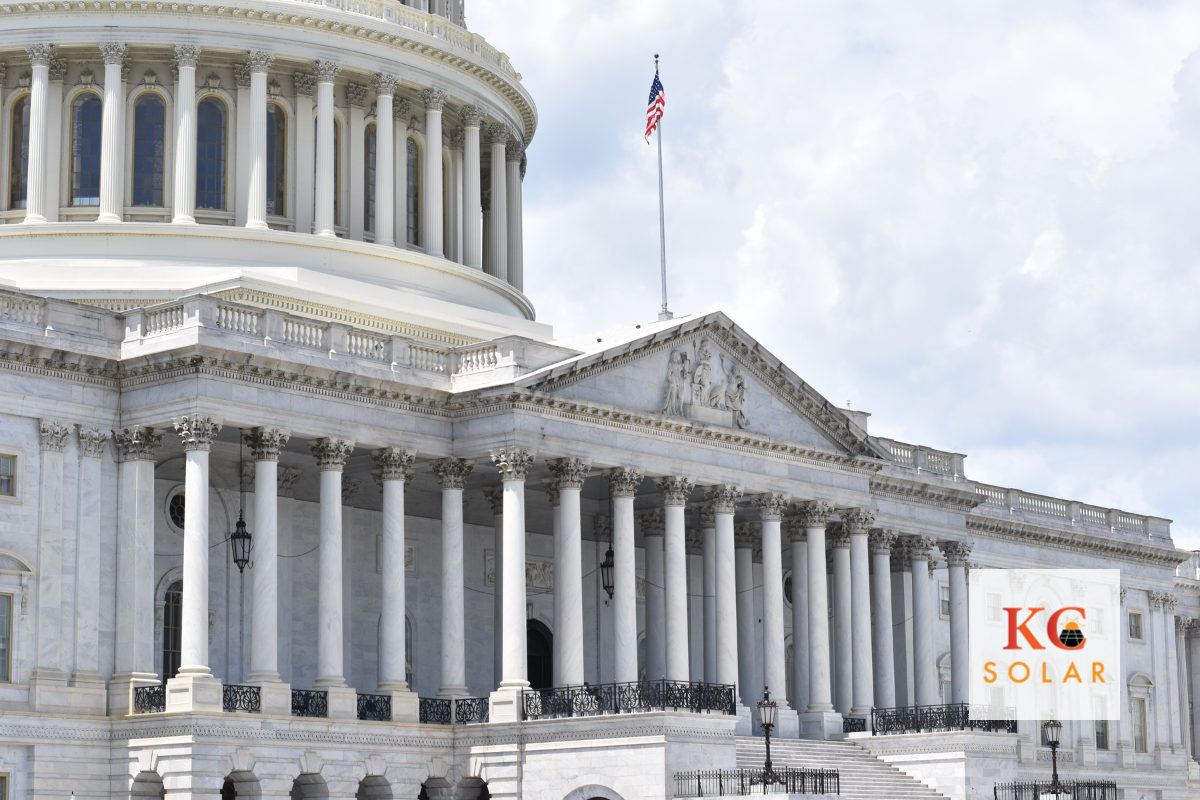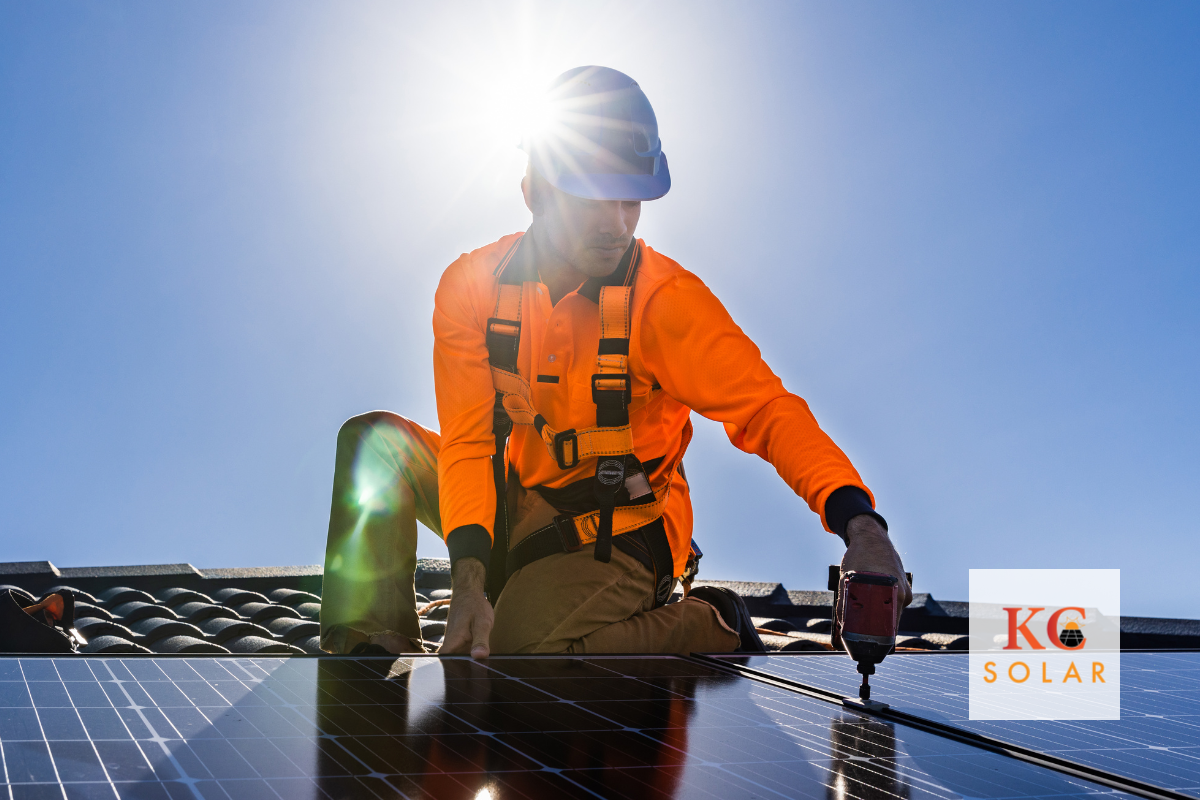With about six weeks left in 2023, many of us are thinking about Chiefs football, pumpkin pie, Christmas shopping, and new year’s plans. When 2024 hits, though, it’s suddenly going to be a much less exciting part of the year: tax time. Especially if you’re expecting to have to owe the government a chunk of change, tax time is stressful. But what if we told you there was a way you could get a solar panel tax credit, helping you save money at tax time?
Keep reading to learn more about how going solar can help you save money on your 2023 taxes, as long as you install before the end of this year.
Tax Planning and Solar Panels
Tax planning is an essential part of having a healthy financial life. Planning can help ensure your taxes stay manageable and that you aren’t paying more than you need to. As you may be generating/withdrawing income from several different sources — whether it’s a W2 job, contract/gig work, retirement accounts, or something else — it’s important to ensure you have a plan to minimize your tax liabilities.
There’s a local element to this as well: Kansas, for example, was rated one of the “least tax-friendly” states, specifically for retirees, in the entire U.S. That means that our Kansas friends and customers may want to take extra steps to minimize their tax burdens.
It may surprise you, but installing solar panels is actually one way that you can lower your taxes — no matter what life stage you’re at. (Though retirees and pre-retirees may find it to be a particularly appealing option due to the generally fixed-income aspect of retirement.)
And keep in mind that, while a solar panel tax credit is one big way that solar customers can save money on taxes, it’s not the only way.
Let’s look at the cost of electricity between 2010 and 2020. During that time, electricity costs increased by 30%, according to data by the U.S. Energy Information Administration.
Depending on the state where you live, those taxes can really add up over the course of your life. Keep in mind that installing your own solar system will drastically reduce your electric bill — or even eliminate it altogether. Goodbye, taxes and fees.
Save Money with the Inflation Reduction Act’s Solar Panel Tax Credit
Now, let’s look at the solar panels tax credit again. The Federal government currently offers a way for solar customers to not only save money on the cost of their solar system, but to reduce their taxes as well.
The Investment Tax Credit (ITC) was originally established through the Energy Policy Act of 2005, and it was meant to only last through the end of 2007. Since then, Congress has extended it multiple times.
From 2016-2019, the amount of the tax credit was 30% of the cost of the solar system. In 2020, the tax credit amount decreased down to 26%, with 2021 set to decrease further to 22%. The plan was for the ITC to expire entirely in 2022 and beyond for residential solar. Commercial solar, on the other hand, would continue to receive a 10% credit.
Throughout the years, the tax credit has been adjusted and extended over and over again. And in 2022, it got the biggest boost yet: with the passage of the Inflation Reduction Act, the tax credit changed to 30% through 2032. Which means there’s still time to install solar panels in Kansas City and start saving.
How the Solar Panel Tax Credit Works
Solar tax credits are one of the best ways to save money on your solar system. And regardless of what state you live in, you’re eligible for the Inflation Reduction Act solar panels tax credit as long as you’re a U.S. taxpayer.
Basically, a tax break or tax credit is an amount of money that you’re allowed to subtract from their yearly income taxes. In the case of the Inflation Reduction Act’s solar panel tax credit, the 30% credit means that solar customers are able to subtract 30% of the cost of their solar panel installation from their income taxes for that tax year.
Saving money on your taxes sounds like a pretty good deal. But how does the ITC actually work? Here’s an example.
Let’s say that you decided to install a solar system in the next six weeks, and it cost you $10,000 to install. That means you would receive 30% — $3,000 — back from the government when you file your federal taxes for that tax year. So that would be in the first few months of 2024.
If you were to owe the IRS $3,000 in taxes, your new amount owed would be $0. Does the solar system installation cost more than $10,000? You would save more in taxes. If the installation cost less, you’d save less in taxes. It just depends on whatever 30% of your system cost is.
If you owe the IRS less than the amount of your tax credit, then you’d roll over that remaining credit into following tax years, as long as the tax credit is still in effect. So, if you only owed the IRS $1,000 in taxes, then $2,000 would roll over for the following year. Sounds like a pretty sweet deal to us!
Ready To Save Money on Your Taxes? Let’s Go Solar, Together.
If you are looking for the best solar company in Kansas City, look no further than KC Solar. They are your local Kansas City solar panel installation experts. Once you schedule a no-pressure site visit, our experts will help you understand what solar system specifications would be best for your home or business.
KC Solar is a local company made up of KC natives with KC pride — in our city, and in our work (and our team!). Which means we’ll always give you the best of ourselves.
And be sure to download our Free Solar Panel Buying Guide for more information.






